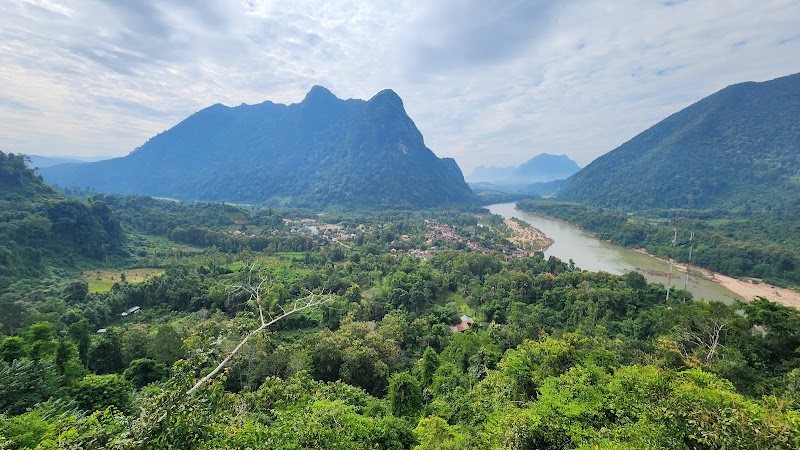
Phou Den Din National Protected Area Adventures
Phou Den Din National Protected Area is a remote wilderness in northern Laos, characterized by its lush forests, diverse wildlife, and rugged terrain ideal for eco-adventures.
About Phou Den Din National Protected Area

Phou Den Din National Protected Area covers approximately 222,000 acres in the northernmost regions of Laos, near the borders with Vietnam and China. It is part of the Annamite Range, featuring a mix of dense lowland tropical forests, montane rainforests, and unique limestone karst landscapes. The area is renowned for its remarkable biodiversity, providing habitat for endangered species such as the clouded leopard, the northern white-cheeked gibbon, and the elusive saola. The protected area plays a crucial role in the conservation of these species, as well as in safeguarding the integrity of the region's watersheds. Historically, the area has been less traversed, contributing to its pristine environment that attracts ecotourists seeking challenging treks and birdwatching opportunities. While there are no established facilities for visitor services, the natural environment, indigenous Khmer and Lao cultures, and array of flora and fauna captivate those who venture into this secluded wilderness.
Highlights
Dense, unexplored rainforests
Endangered species including the clouded leopard and saola
Remote homestays with indigenous communities
Unique limestone karst formations
Notable Natural Features
Annamite Mountains
A range with dense forests and diverse ecosystems, ideal for trekking and wildlife observation.
Clouded Leopard Habitat
A rare opportunity to spot one of the region's elusive big cats in its natural environment.
Indigenous Villages
Engage with local communities to learn about traditional Lao and Khmer cultures.
